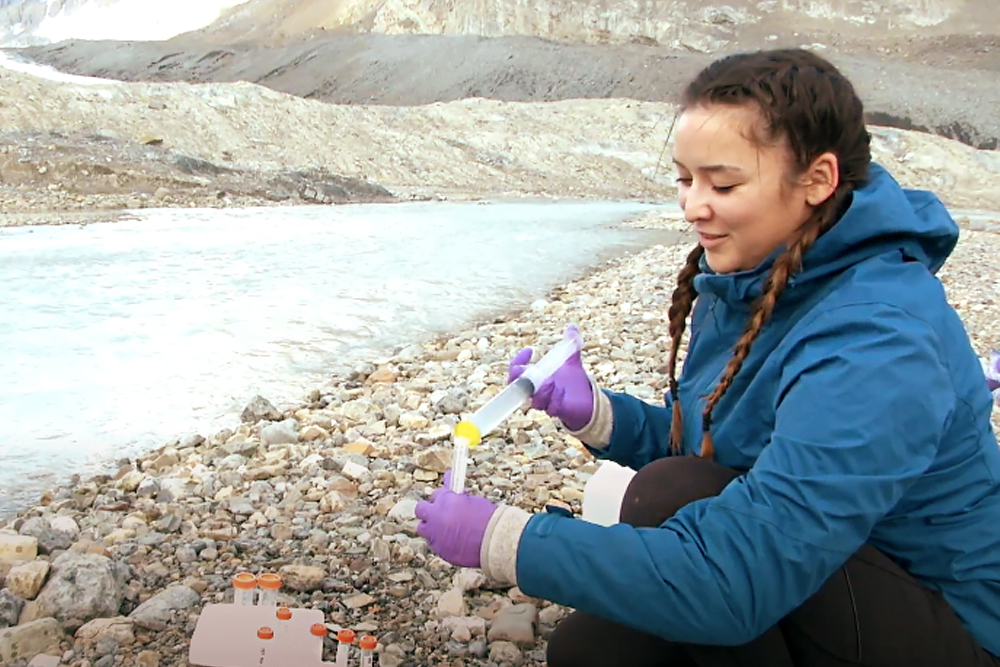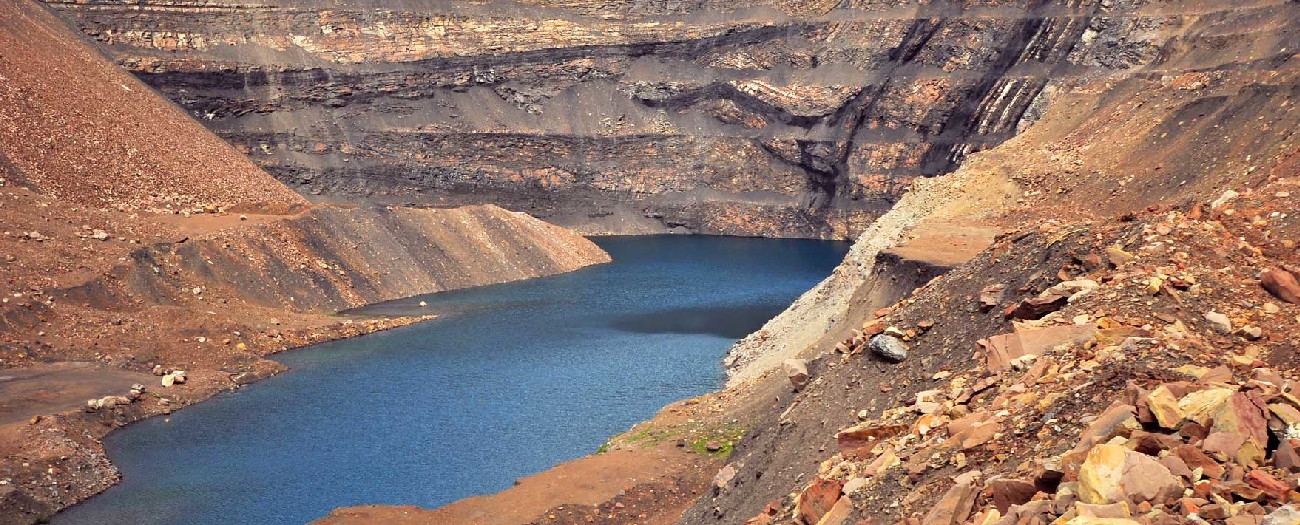How a creative sentencing decision led to the creation of I-STEAM Pathways.
Alberta - October 19, 2021Were internships and co-op placements in endless supply during the summer of 2020? Not exactly, according to CBC. The COVID-19 pandemic and resulting global economic fallout left students around the globe scrambling to find positions to progress their career goals and their passion.
So how did Janelle Flett, a fourth-year environmental sciences student from Mount Royal University, manage to nab her “dream internship,” offering both lab and field experience in Jasper National Park?
“I came across the program on Facebook—well, my mom tagged me in a post about it—and I applied right away,” she says.
Flett is referring to the University of Alberta’s newest internship program, The Environmental Education Program for Indigenous Youth (known as ‘I-STEAM’). The program was launched in spring 2020 to provide Indigenous youth with opportunities to do environmental research and explore careers in the science, engineering, and environmental fields.
In its first year, eleven students with Indigenous roots, including Flett, made up the first cohort selected to complete 8- to16-week, hands-on research projects with professors and Ph.D. students from the university. Projects varied across the science, engineering, and law disciplines and included seminars and teachings from elders and Indigenous knowledge experts.
Getting Creative in Court
Flett and her peers’ summer internships were developed by the University of Alberta—but it was an Alberta judge’s creative sentencing decision that first planted the seed.
“When an AER investigation results in charges and prosecution, creative sentencing is an alternative option to a fine,” says Gary Neilson, AER senior advisor and liaison to the Crown. “Once the court had made its decision, the AER was asked to oversee the resulting university project that led to the creation of the I-STEAM program. Our role was to ensure the outcomes in the sentencing order were achieved.”
Lots to “Pour” Over
Flett took on a 16-week internship that required her to sample and analyze proglacial waters from the Athabasca, North Saskatchewan, and Bow rivers. The purpose of the project was to assess the quality of glacial meltwater, which ultimately flows downstream to Indigenous communities and agricultural and industrial users across Alberta and Saskatchewan.

“It’s important and practical work that affects a lot of different communities,” Flett says. “For example, the Athabasca River alone touches approximately sixteen different Indigenous communities.”
The project offered Flett a breadth of fieldwork experience, including how to filter and preserve water samples, detect mercury in water, and identify nutrients and carbons coming from glaciers.
Would Flett recommend the program to other students?
“Of course. I learned so much, and loved the hands-on experience,” she explains. “The internship introduced me to higher academia and what I can do with my degree.”
Creative sentencing is relatively new for the AER and for young people like Flett, it’s paying off by providing once-in-a-lifetime opportunities. From Neilson’s perspective, “Creative sentencing creates unique possibilities for projects that would otherwise not be feasible. Recently, the courts have started to use the Government of Alberta’s competitive bid process to identify possible projects. As the investigating agency, and with considerable expertise in the organization, we can ensure the best projects are assessed on their technical merits to achieve the desired outcomes the court is expecting. It’s a win-win!”
“At the interns’ virtual celebration, I heard one student say they are now planning to pursue a career in science-related disciplines, which was exactly what the court was trying to achieve through its creative sentencing.”
Making a difference
Following the success of its flagship year, the summer 2021 program received 54 applications and 20 Indigenous students were enrolled in 19 projects, covering a wide range of research, including pollinator bees, mountain pine beetles, and developing low-cost air quality monitoring devices for Indigenous communities.
“The AER was proud to participate in overseeing the university project on behalf of the Alberta Provincial Court’s decision that led to the creation of I-STEAM,” says Neilson. “The program provides students with the opportunity to work with experts and on projects that impact the lives of many Canadians, encouraging the next generations of Canada’s workforce to pursue graduate studies and contribute to cutting-edge environmental research.”
For more information about I-STEAM Pathways, visit their website.
Gary Neilson, Writer
Ottilie Coldbeck, Writer


